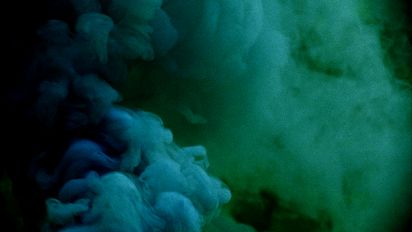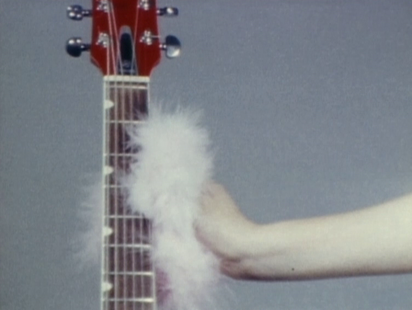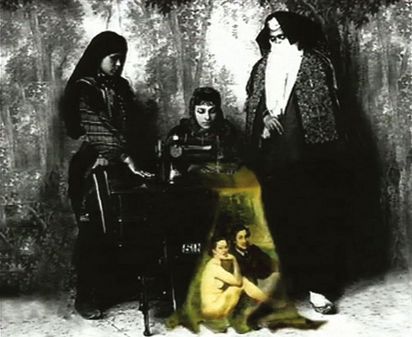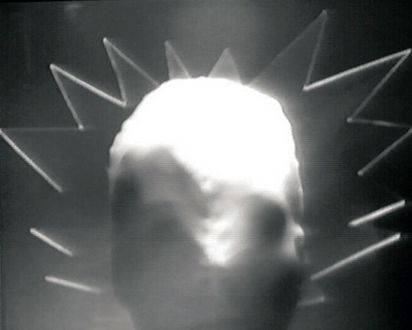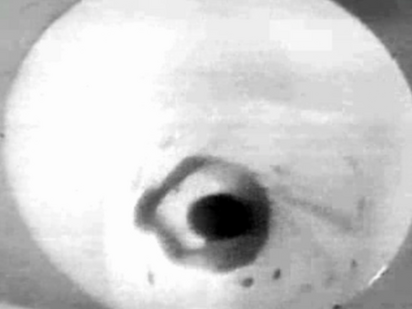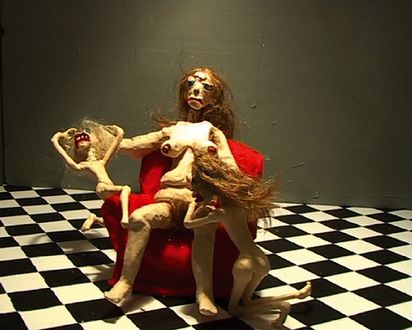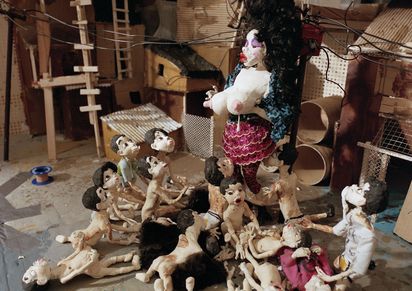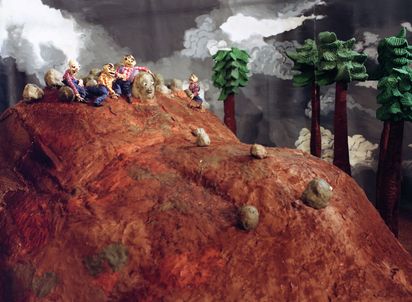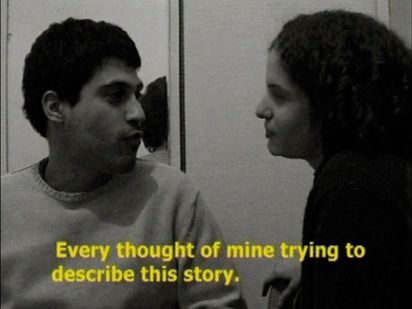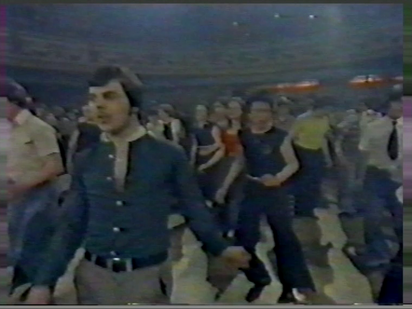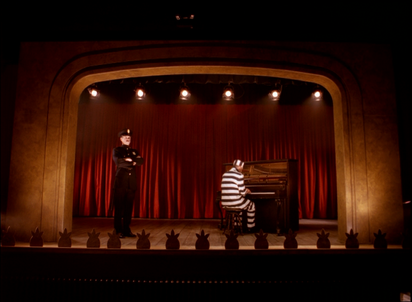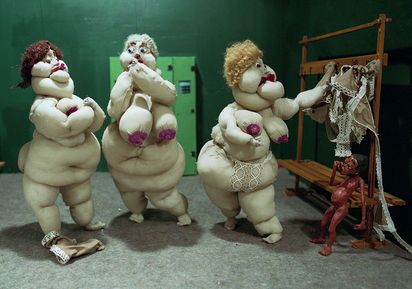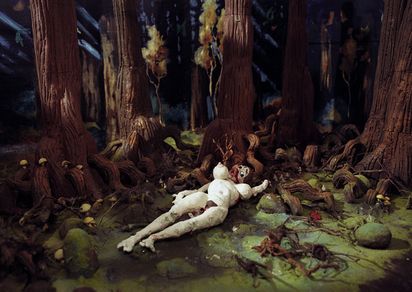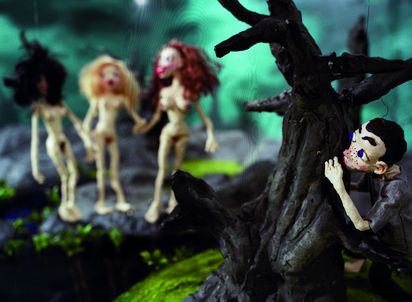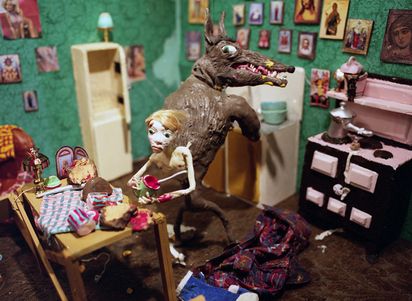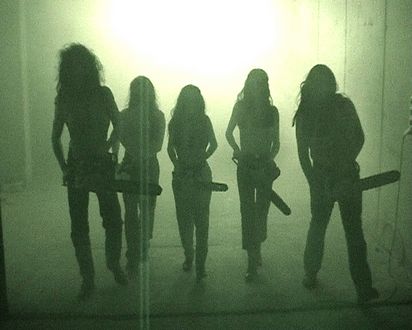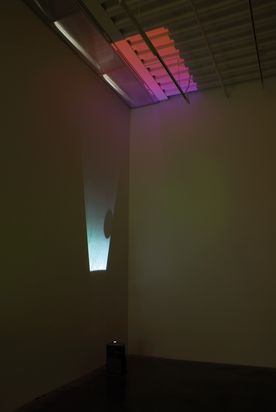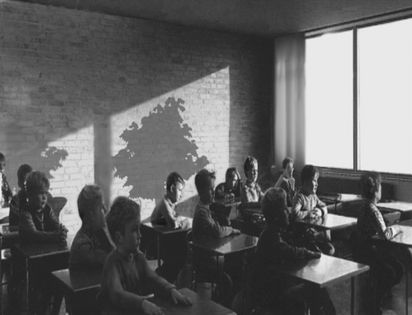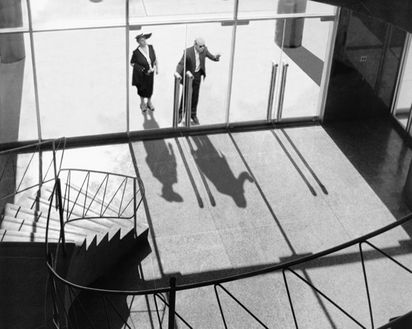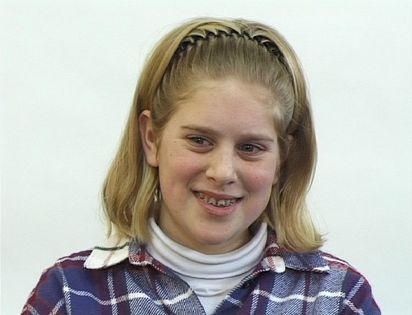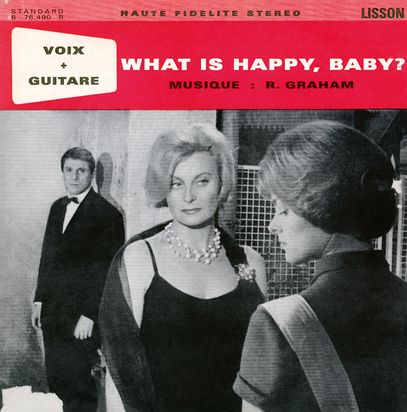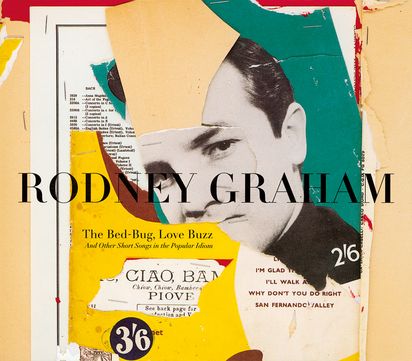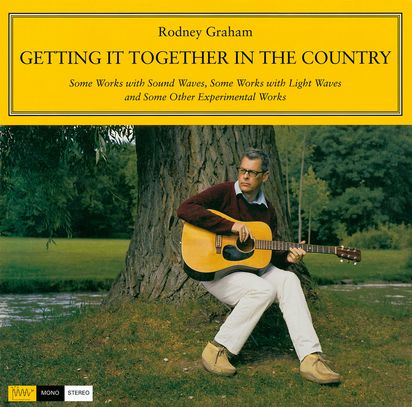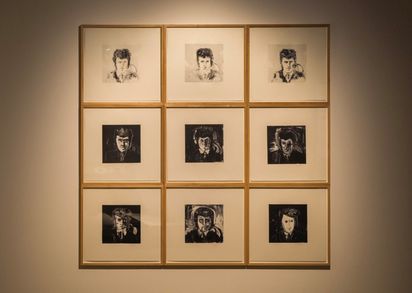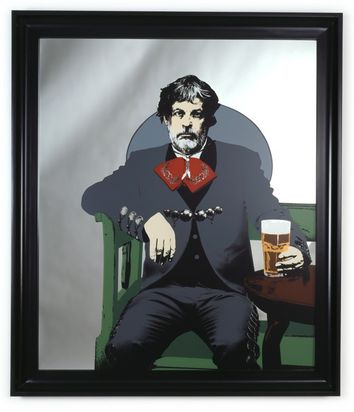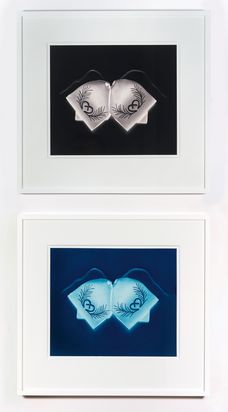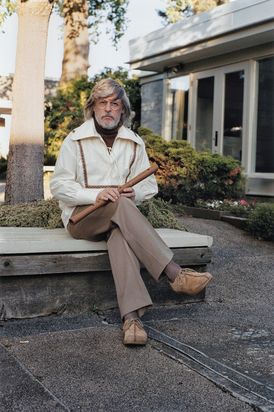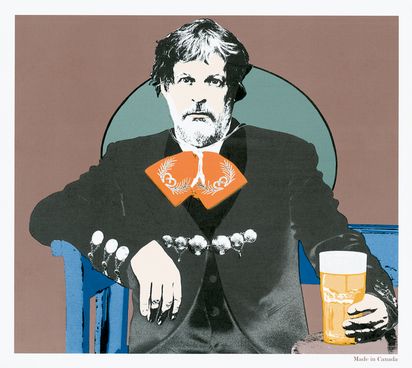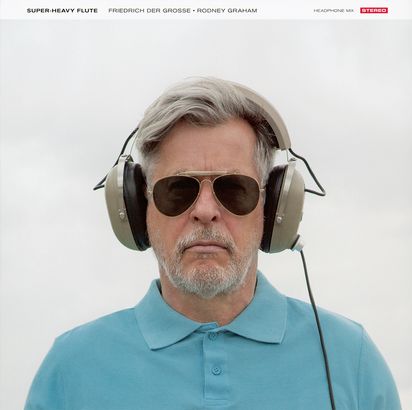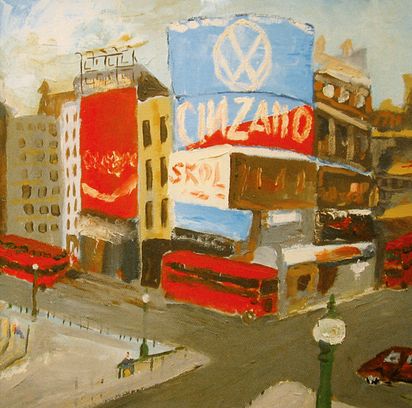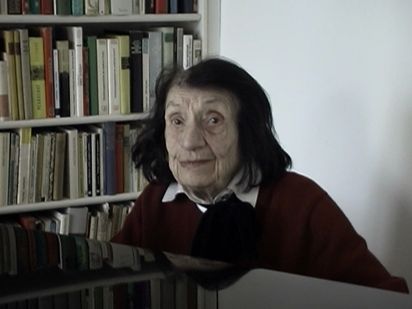In 2017, the Jewish Chamber Orchestra Munich (JCOM) commissioned Nigunim, a feature-length musical work in the footsteps of traditional klezmer music by Moritz Gagern; it is akin to a fully composed Jewish wedding. Nigunim consists of 23 short, sequential pieces. These can be divided into three groups arranged according to their compositional nature: pure transcriptions, extended transcriptions and completely free pieces. Although the composition is not divided into three blocks, the pieces of the three supergroups are played in mixed succession.
The eponymous film Nigunim (2022/23) by Christoph Brech, which is analogous to Moritz Gagern’s music, also consists of 23 individual sequences. Each of these arrangements is attributed to one piece of the composition. Just as the music can be divided into three compositional groups, Brech’s film sequences can also be ascribed to three different groups.
While listening to the pure transcriptions of the composition, one sees how a stick puppet is designed, sawed out and assembled. Accompanied by the music of the extended transcriptions, the film shows how the puppeteers prepare for the performance and how they interact with the puppets. As the completely freely composed pieces are played, one sees the puppet show on the screen as it would be experienced by the audience of the puppet theater. In these film sequences, the stages of a traditional Jewish wedding are performed.
As with the musical composition, different time levels and spaces are thus interwoven in the film. On the one hand, the historical level of a Jewish wedding is depicted in traditional rites; for example, the ritual bath of the bride, the drawing up of a marriage contract by the rabbi and certain types of dancing. In addition, there is the preparatory period of making the puppets and the puppeteers acting in the present moment. The spaces presented are the theater workshop, the backstage of the puppet theater and the screen for the shadow plays of the stick puppets. Each of these places is filmed from a different perspective.
The use of shadows is consistently implemented in these three shots. Moreover, in the view of the players from above and the perspective of the puppet maker, there is an obvious light source from the left, resulting in “shadow plays”.
Although Christoph Brech’s film shows scenes with concrete chapter headings, these are not narrative in the absolute sense; rather, they evoke associations with Moritz Gagern’s composition. Music and image become a new, multilayered work.

